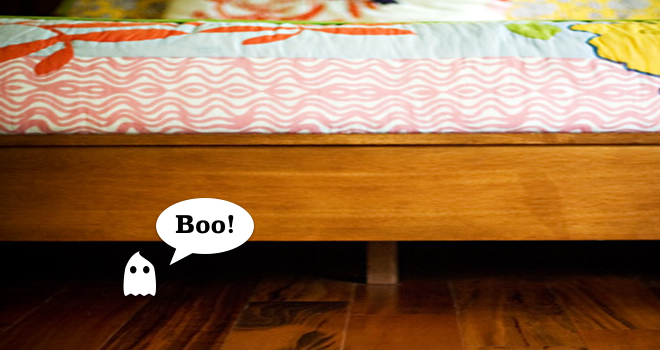
bump in the night – change your self talk
No, not trick or treaters knocking on your door tonight. No, I mean that little voice you hear when you’re alone with your thoughts. You know the one.
That negative soundtrack on repeat, saying you’re not good enough or you’ll never do it or tells you what a fool you are. Self talk can be a great regulator of your behaviours, but when the negative one switches on, it can become a complete blocker to your change.
Our soundtracks are learnt as we move through life with its ups and downs. When you’re feeling great, you control the volume. However during times of change, uncertainty or when you’re in unchartered waters, it can go out of control.
As you stretch into your new life, don’t let this hold you back. When your negative soundtrack shouts out, you need to reach out for a new tune, a positive self-talk soundtrack. By reframing, you’re effectively editing and re-recording your soundtrack.
Next time you hear that familiar old tune, reframe and start listening to something new:
- Pause it – stop the sound and breathe into the silence.
- Review it – chat with your self talk, ask why it’s doing what it’s doing.
- Remix it – get specific, what would enable you, support you and motivate you?
- Record it – create a series of positive statements.
- Play it – listen hard and often to your new soundtrack.
Want to make it more powerful? Add reminders for your other senses. For example, create an album cover aka a suitable picture, cartoon or quote and stick it somewhere you look often (back of your front door, inside your notebook or your phone’s home screen – I like this for a quick boost!). Try anchoring, an NLP technique that helps create a physical trigger for your desired outcome. And don’t forget to share it with your friends, mentors and supporters – we all love a good tune and want to dance along with you.
Tell me below: what self talk goes bump in the night for you? And how are you putting it to bed? (Oh and don’t forget to check underneath your bed first – boo!)



1. Unnecessary banter/chat/noise. 2. Uh-oh…